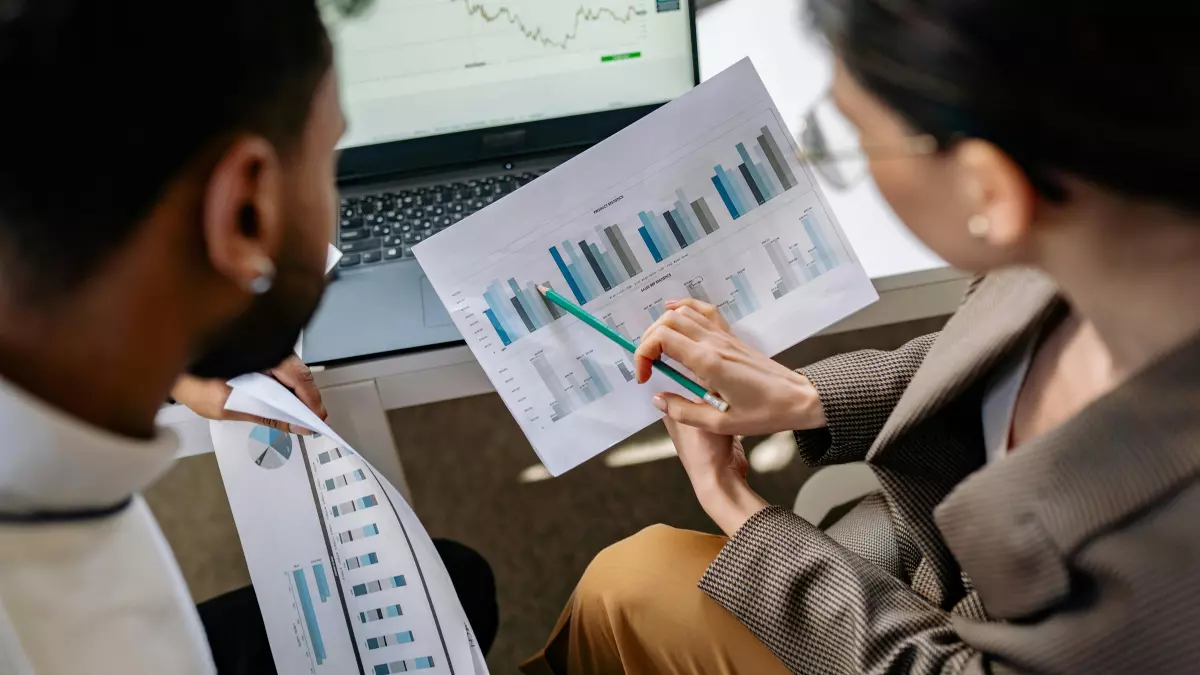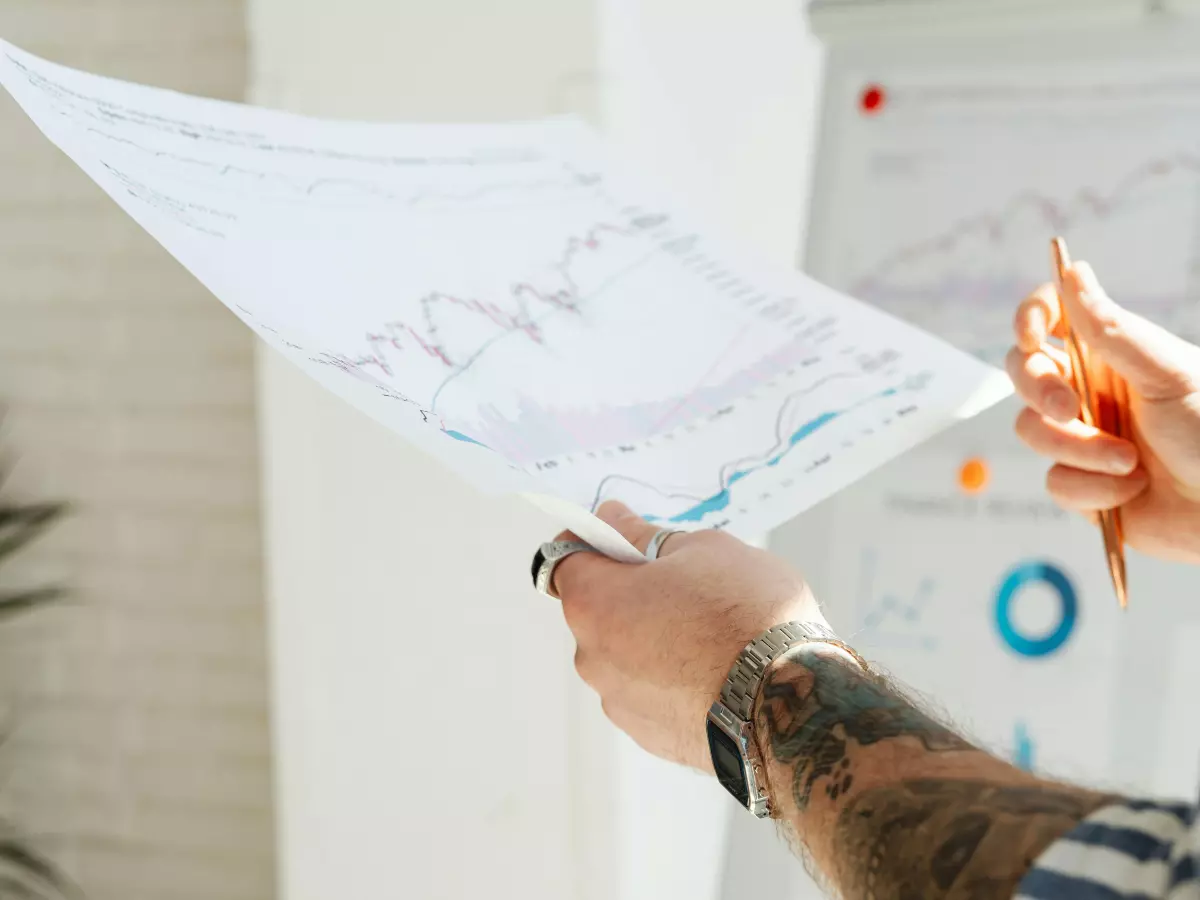Visualizing the Future
Data visualization has been around for centuries, from simple pie charts to intricate graphs. But with the rise of big data, traditional methods are struggling to keep up. Enter AI, the game-changer that’s transforming how we visualize and interpret data.

By Liam O'Connor
Let’s face it: we’ve all been there, staring at a spreadsheet with thousands of rows, trying to make sense of it. Sure, you can throw it into a bar chart or scatter plot, but does that really help you understand the underlying patterns? Probably not. This is where AI steps in, offering a fresh perspective on data visualization. By automating the process of identifying trends, anomalies, and correlations, AI-powered tools are making it easier for businesses and researchers to glean actionable insights from their data.
But here’s the kicker: AI doesn’t just make your graphs prettier. It fundamentally changes how we interact with data. Traditional data visualization tools rely on human intuition to decide what’s important. AI, on the other hand, can sift through enormous datasets, identifying patterns and relationships that might not be immediately obvious to the human eye. This means that AI can help us see things we didn’t even know we were looking for.
AI-Driven Visualizations: More Than Just Pretty Pictures
So, what exactly does AI bring to the table when it comes to data visualization? For starters, it can handle massive datasets that would make even the most seasoned data analyst break out in a cold sweat. AI algorithms can process these datasets in real-time, generating visualizations that are not only accurate but also dynamic. This means that as new data comes in, the visualizations update automatically, giving you a real-time snapshot of what’s happening.
Another major advantage of AI-driven visualizations is their ability to highlight anomalies and outliers. In traditional visualizations, these might be buried in the noise, but AI can bring them to the forefront, helping you spot potential issues or opportunities before they become obvious. For example, in financial markets, AI can help traders identify unusual patterns that could signal a market shift, giving them a competitive edge.
Beyond the Basics: Predictive Visualizations
One of the most exciting developments in AI-powered data visualization is the rise of predictive visualizations. These go beyond simply showing you what’s happening now—they can actually forecast future trends based on historical data. Imagine being able to visualize not just your current sales figures, but also where they’re likely to be in six months. This kind of forward-looking insight can be invaluable for businesses looking to stay ahead of the curve.
Predictive visualizations are particularly useful in industries like healthcare, where early detection of trends can make a huge difference. For instance, AI can analyze patient data to predict the likelihood of certain conditions developing, allowing doctors to intervene earlier and potentially save lives. In the world of supply chain management, predictive visualizations can help companies anticipate demand spikes or bottlenecks, enabling them to optimize their operations accordingly.
The Human Element: Augmenting, Not Replacing
Now, before you start worrying about AI taking over your job, let’s be clear: AI isn’t here to replace human analysts. Instead, it’s here to augment their capabilities. While AI can handle the heavy lifting when it comes to processing and visualizing data, it still requires human intuition and expertise to interpret the results and make informed decisions. In other words, AI is a tool, not a replacement.
Think of it this way: AI can show you the patterns, but it’s up to you to decide what to do with that information. This symbiotic relationship between human analysts and AI-powered tools is what makes modern data visualization so powerful. By combining the strengths of both, we can unlock new levels of insight and understanding.
Challenges and Limitations
Of course, like any technology, AI-driven data visualization isn’t without its challenges. One of the biggest hurdles is ensuring that the visualizations are not only accurate but also easy to understand. After all, what’s the point of a fancy AI-generated graph if no one can make sense of it? This is where the role of the human analyst becomes crucial, as they can help bridge the gap between complex AI models and actionable insights.
Another challenge is the potential for bias in AI algorithms. If the data being fed into the AI is biased, the visualizations it generates will be too. This is why it’s essential to ensure that the data being used is clean, unbiased, and representative of the real world. Otherwise, you risk making decisions based on flawed insights.
Despite these challenges, the potential of AI in data visualization is undeniable. As the technology continues to evolve, we can expect even more sophisticated tools that will make it easier than ever to turn raw data into meaningful insights.
So, the next time you find yourself drowning in a sea of data, remember: AI might just be the lifeboat you need.
Fun Fact: According to a study by Gartner, by 2025, 75% of data stories will be automatically generated by AI, making it a key player in the future of data visualization.





